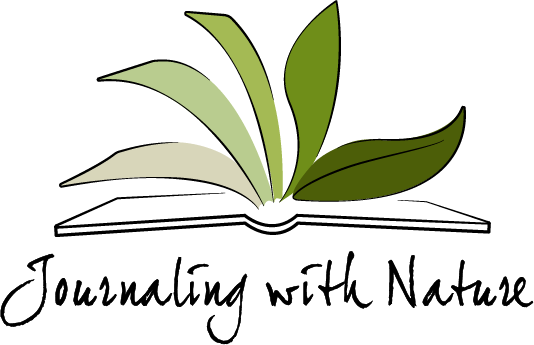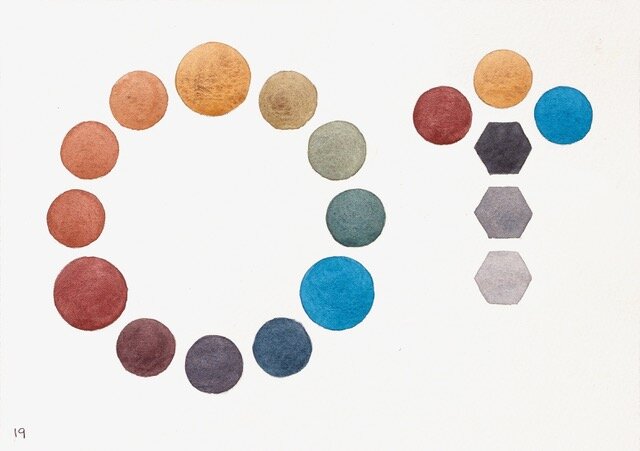Episode 56: Jane Blundell – A world of colours
‘Sketchbooks are an artist’s greatest possession’
- Jane Blundell
Jane is recognised as one of the art world's foremost authorities on colour and colour mixing. She teaches workshops on watercolour technique and has collaborated with Daniel Smith Artists’ Materials to create the Ultimate Mixing Palette. She even has a colour named after her - Jane's Grey!
Listen to hear more about:
How to understand pigment characteristics and use them to your benefit in a painting.
Pigment numbers and what they mean.
Why watercolour is Jane’s favourite medium.
Jane’s favourite colours for painting skies.
How to customise your colour choices to reflect the colour palette in your particular part of the world.
Working with triads to achieve colour harmony.
The power of phthalo green as a mixing colour and what it can do.
Jane’s thoughts on primary colours.
Colour families and their characteristics.
Insights from Jane’s course Mastering Watercolour.
The Daniel Smith colour named after Jane.
Jane’s project to swatch every professional colour in the world.
Jane’s website (www.janeblundellart.com) and her blog (janeblundellart.blogspot.com) are invaluable resources for anyone who is interested in learning more about colour.
Learn more about Jane’s collaboration with Daniel Smith Artist' Materials to create the Ultimate Mixing Set. To accompany her palette, Jane has created a book called The Ultimate Mixing Palette: A world of colours. You can order the book as print-on-demand from Blurb.com.
To take Jane’s Mastering Watercolours course, click here.
Jane mentioned the book Nature’s Palette: A colour reference system for the natural world by Baty Patrick.
Glossary of watercolour terms:
Staining – Colours that absorb into the paper and are difficult to lift off once they are laid down.
Non-staining – Colours that can easily be lifted off (with a clean brush or paper towel) after they have been laid down.
Granulating – A textured effect that happens when certain coarse pigments settle into the grain of the watercolour paper.
Non-granulating – Colours that have fine pigments and leave a smooth, untextured finish on the paper.
Opaque – Watercolours that will cover a black line when used thickly.
Transparent – Watercolours that will allow other colours to show through.
Fugitive – Colours that fade or change over time.
Pigment number – a number on the back of a watercolour tube which identifies the pigments used to create that colour. You can have single pigment colours or multiple pigment paints where several pigments are used to create the colour.
A colour wheel from Jane’s soon to be published book Watercolour Triads - The Earth Triad - showing the two-colour mixes and a three-colour mixed black watered down to greys. Goethite, Indian Red and Cerulean Chromium.
A chart showing examples of possible mixes using The Earth Triad and Jane’s method of creating random swatches to understand each mix.
-----------------
Sign-up for Journaling With Nature's Newsletter to receive news and updates as well as the Nature Journaling Inspiration List each month!
You can support Journaling With Nature Podcast on Patreon, Your contribution is deeply appreciated.
Thanks for listening!


